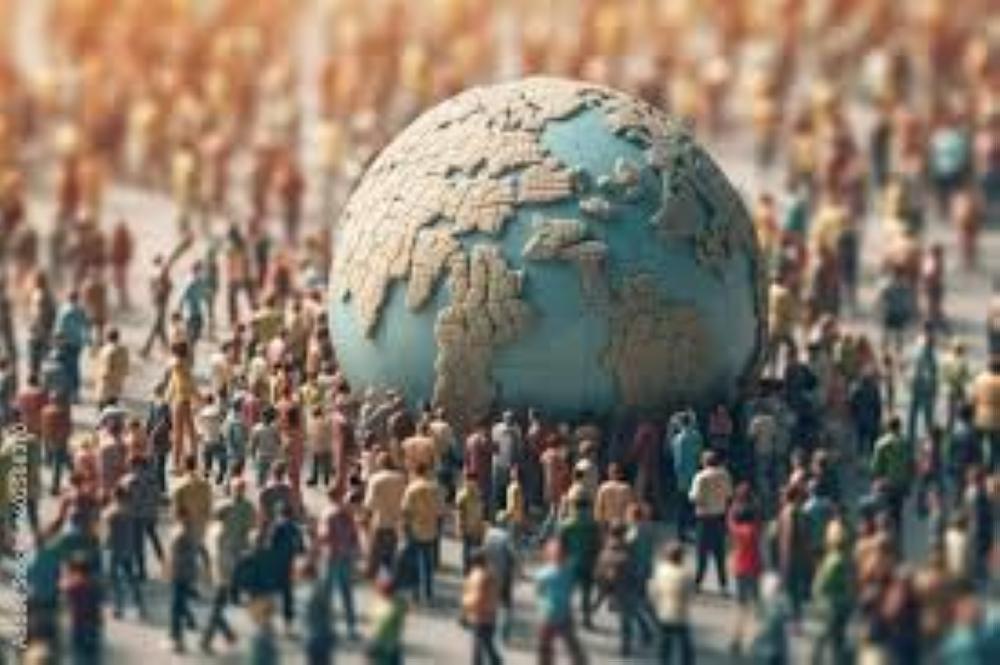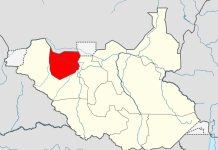Africa-Press – South-Sudan. Many will have heard of the 18th-century English economist by the name of Thomas Malthus. He is remembered today mostly for his bleak outlook on humanity’s future, believing poverty would forever stalk mankind due to rapid population growth.
He theorised that as the population rapidly rose, so would food and other resources become scarce and depleted.
This, he argued, would inevitably see society suffer famine and fall into incessant conflict over the dwindling resources.
These events would, in turn, reduce the population until a balance was again attained between the number of people and the available – if diminished – resources. It is these dynamics that would perpetuate poverty.
Malthus’s fears never came to pass. Instead, they became a cautionary note in what came to be known as the Malthusian fallacy.
This fallacy occurs when one predicts doom based on a single change, ignoring the possibility of other and perhaps more positive changes happening in similar or other situations in different areas.
It turns out that exploding population growth does not necessarily cause its own misery and doom. It instead often brings with it solutions to overcome challenges it finds along the way – whether the challenges are natural or of mankind’s own making.
The global population during Malthus’s time in the 1800s was around one billion people. Today it is 8 billion and doing relatively fine.
Even in Africa where many countries lag in development indices, and despite the conflicts and global threats posed by the wars in Ukraine and Gaza, we live in a relatively more peaceful world where people are living healthier, longer, and more comfortable lives than in Malthus’s time and beyond.
If these strides constitute evidence of mankind’s ability to overcome some of life’s most intractable challenges despite the exponential population growth, then humanity must be a resource to itself.
One might however ask, how exactly has humanity been a resource to itself?
A few years ago, the Simon Abundance Index (SAI) was launched. It suggests an answer to this very question.
The Index is anchored on 50 basic commodities ranging from beef and oranges to natural gas and metals such as lead, gold, and iron, and how they have increased in abundance as a resource. The index is named for the American economist Julian Simon, who mooted the idea in 1980.
The index therefore takes 1980 as its reference year with a base value of 100 to measure the abundance of the 50 commodities relative to the global population and affordability as measured against rising wages.
Now in its sixth edition, the 2024 Simon Abundance Index finds the increase in the commodities attaining a score of 609.4, indicating that resources have become 509.4 per cent more abundant over the past 43 years since the 1980 baseline.
As the researchers behind it explain, the index is based on the notion of adding value. Raw materials without the knowledge of how to use them have no economic value. It is knowledge that transforms raw materials into resources leading to their abundance as the population has grown.
The population is, however, about people and the bountifulness of the resources about the process it takes.
“[M]ore people produce more ideas,” write the researchers describing the process, “which lead to more inventions. People then test those inventions in the marketplace to separate the useful from the useless. At the end of that process of discovery, people are left with innovations that overcome shortages, spur economic growth, and raise standards of living.”
With human ingenuity, resources can grow infinitely and indefinitely, which leads the authors of the index to conclude that human beings are the ultimate resource.
Therefore, though Africa may have its issues it holds as much chance as anywhere to grow its resources by virtue of its young and growing population.
Nothing is assured, however. The researchers remind governments that their people’s ingenuity requires a nurturing environment if the abundance is to be achieved and retained.
Much, therefore, depends on the policies and institutions that nations pursue, including market incentives and a healthy dose of human rights to allow freedom to innovate and invest.
What about extractable resources such as minerals enabling the digital revolution which some lament humanity is over-mining to depletion?
One example will suffice to allay any concerns. In 2021, as journalist Ivo Vegter points out, we mined about 2.8 billion tons of metals, the vast majority of which (93.4%) was iron ore. But the Earth’s crust is on average 40km deep, ten times as deep as our deepest mines, and weighs about 60 sextillion kilogrammes.
So, at present, we’re mining a tiny, miniscule amount of about 0.000000000005% of the crust per year.
An unimaginable amount – discovered and yet to be undiscovered – is waiting to be mined if humanity doesn’t invent new, cheaper, and better materials.
For More News And Analysis About South-Sudan Follow Africa-Press






